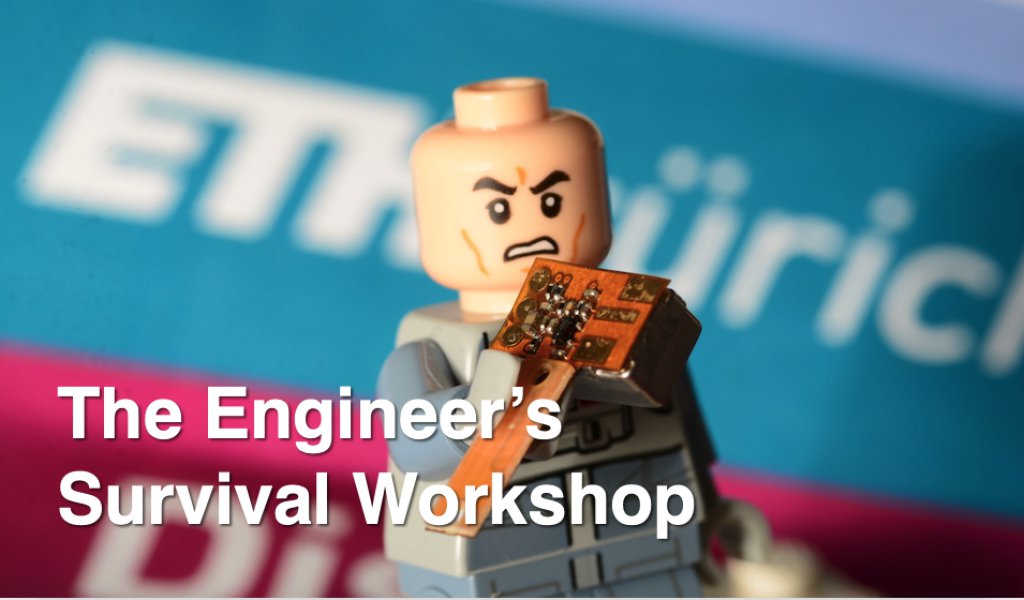The Engineer's Survival Workshop
While at ETH Zürich, we had an opportunity to create side classes at the bachelor level to introduce hands on aspects of our fields. For several semesters I tried to put together a (so called P&S or PPS) lecture where I also experimented with different teaching methods.
There are many useful skills needed for an engineering career, which are not really taught as part of a class. How to make basic use of Unix, use Shell scripting and understanding what Regular Expressions can do for you. Most of the life of an engineer is documenting and presenting the work, but few lectures concentrate on how to make Presentations and especially how to prepare Tables and Figures. The idea behind the course was to combine these themes in a class that encourages group work.
While ultimately the class did not work out, I ended up with some good material that I wanted to keep here.
How it started
I was teaching a class on IC Testing which had oral exams for which the students had to present their results in a short presentation. Two students independently presented the two figures on the right, which were not very well prepared although they looked kind of ok.
I have a longer rant on what is wrong with these figures, but the key message that they should be giving is that there is a linear relationship between frequency and (dynamic) power. You basically want to see the data points fall on a straight line. One did not have a straight like as the axis was not linear, and the other managed a straight line although the axis was also not linear.
I wanted to have a lecture where students learned not to make these basic mistakes, or at least beware of some of the aspects what makes a better figure. The class evolved around these ideas.
Class Structure
The class was every week three hours and for 20 to 30 students in a computer room. Every week covered one topic but the topics were spread over consecutive weeks.
Previous topic
- 5 min introduction to the day,
- 45 min, 3 to 5 presentations from the previous topic, with a short discussion
- 15 min, wrap up of the topic.
New topic
- 30 min, introduction to the new topic
- 45 min, tasks for next week, forming 3-5 groups and organizing the presentation of the next week
Lecture plan
The exact plan changed from semester to semester, as I tried to adjust but a typical semester was structured like the following
- Why do you think you can learn from me
- During the semester all of you will present.
- Every presentation is an opportunity to learn something
- You will see yourself, your mistakes in these presentations
- You will find ideas that you think you could try as well


